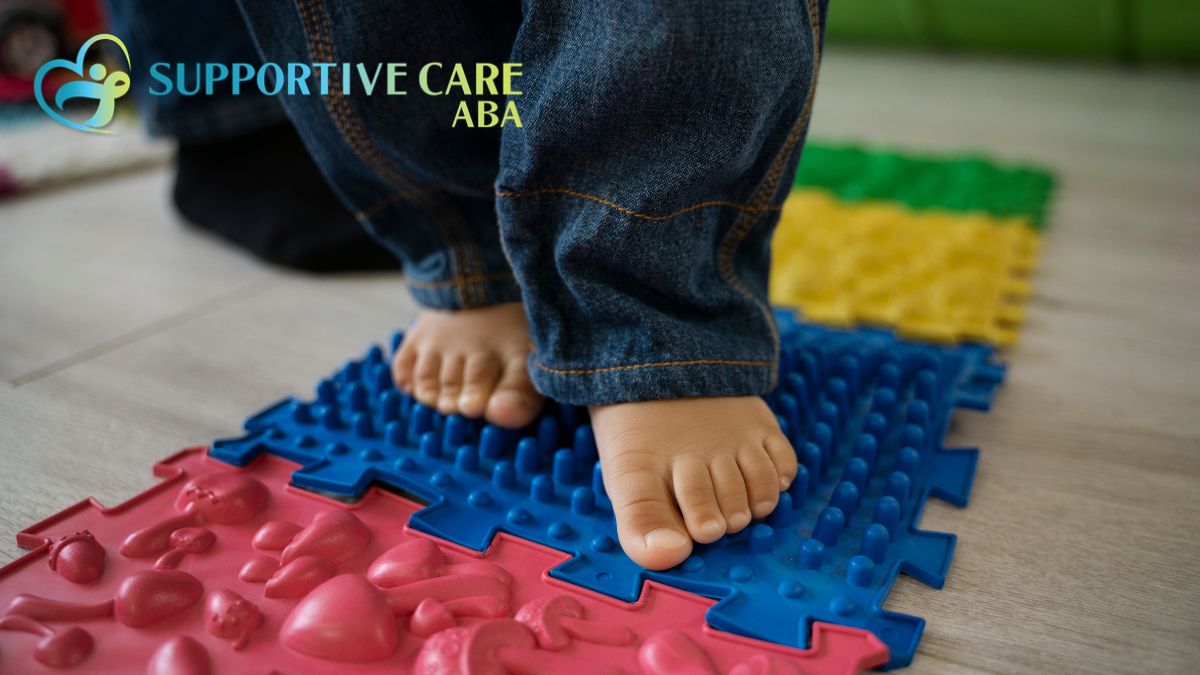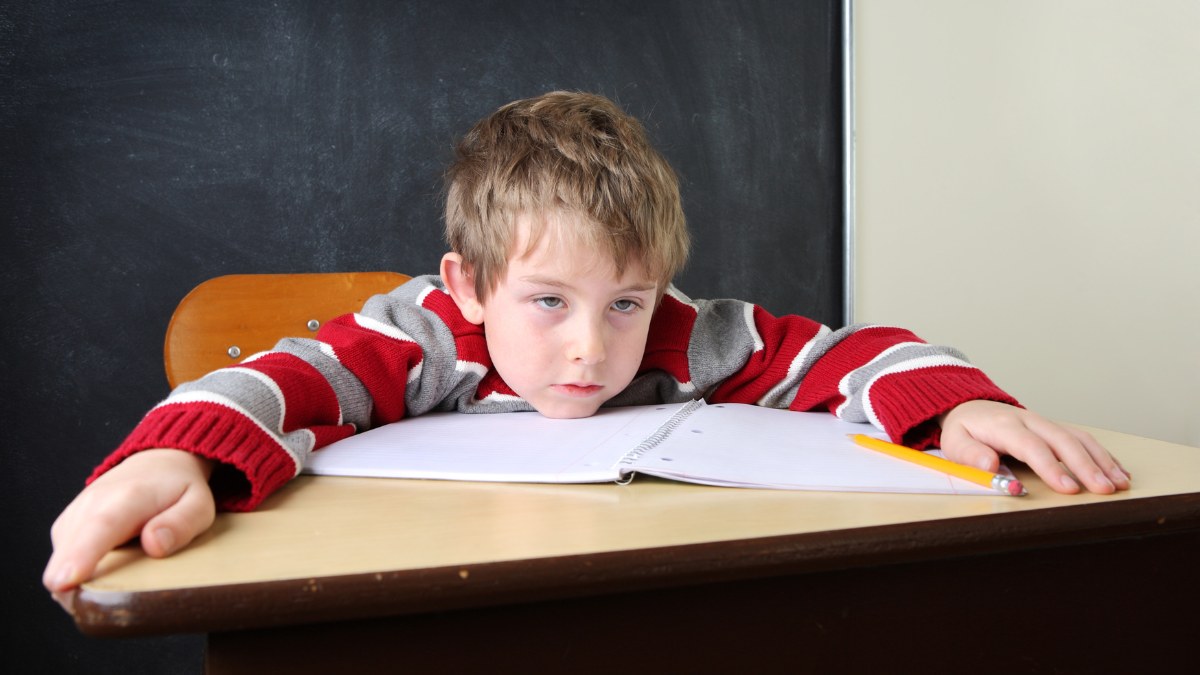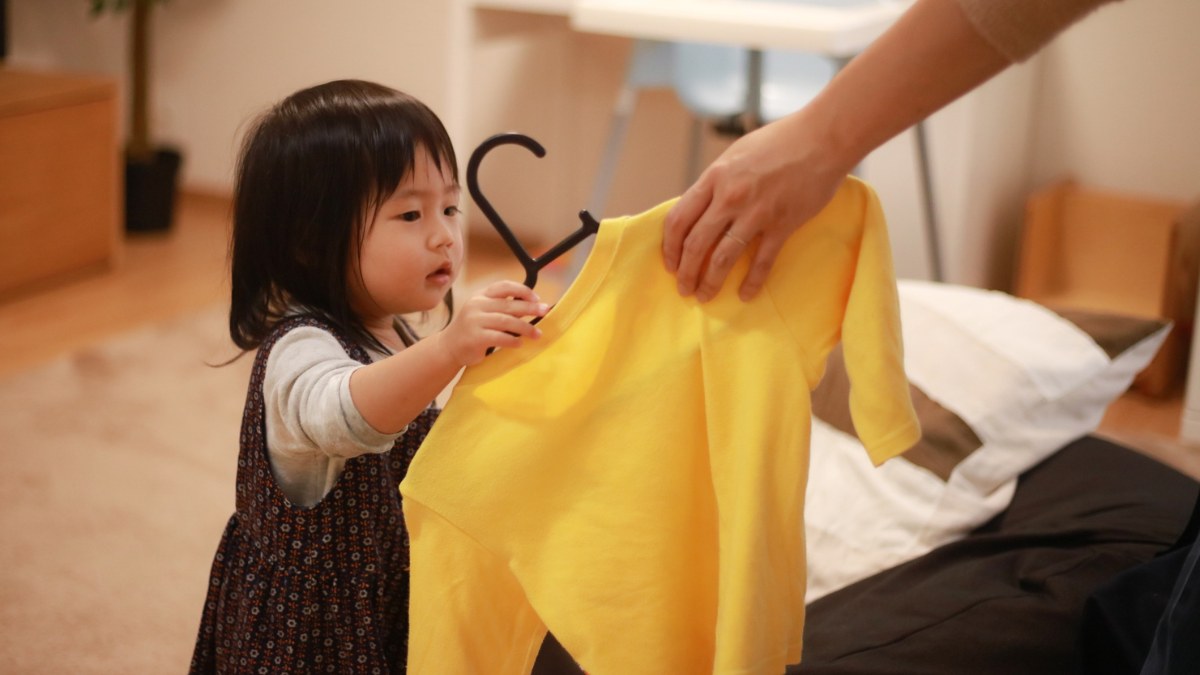Sensory Activities for Students with Autism
Explore easy sensory activities for students with autism to support emotional regulation, social skills, and classroom engagement.
%20(1).jpg)
Sensory Activities for Students with Autism
Autism spectrum disorder affects how students see the world, connect with others, and take in information, making learning a unique journey for every child. The great news is that sensory activities for students with autism can make this journey smoother, helping them focus, stay calm, and spark creativity in ways traditional methods often miss. Activities can include tactile play with slime or playdough, visual exercises using colors, shapes, and textures, or auditory experiences like instruments or nature sounds. When thoughtfully planned, these activities support emotional regulation, social skills, and classroom engagement. With about 1 in 36 children diagnosed with autism, using sensory strategies is important. They can boost confidence, independence, and enjoyment in learning while giving students the tools to explore and thrive at their own pace.
Understanding Sensory Needs in Students with Autism
.jpg)
Students with autism may experience heightened or reduced sensitivity to sensory input. These differences can affect learning, social interaction, and emotional regulation. Psychologists recognize eight primary senses that matter for these activities:
- Sight—visual cues, colors, shapes
- Hearing – music, environmental sounds
- Touch – textures, pressure, temperature
- Smell – scents from nature or objects
- Taste – safe food exploration
- Vestibular – balance, movement
- Proprioception – body awareness
- Interoception—internal signals like hunger or heart rate
Research shows that sensory integration therapy can improve attention, emotional regulation, and adaptive behaviors in students with autism (Schaaf et al., 2014). Understanding these senses allows teachers to tailor sensory activities for students with autism to individual needs.
Social Skills Activities with Sensory Elements
Autistic students often face challenges in recognizing social cues, a concept psychologists call the double empathy problem. Sensory activities can support social skills development:
- Emotion Cards: Visual cards displaying facial expressions allow students to identify emotions. Pair the cards with tactile objects, like soft shapes representing feelings.
- Sharing Time: Encourage students to bring items of interest, creating both a social and sensory connection. A student might bring a textured model or a musical toy.
- Name Game: Use movement or fidget objects while repeating names. For example, pass a softball while introducing yourself. The tactile engagement helps reinforce memory.
- “How Would It Feel To Be ____? ”: Combine storytelling with sensory props. If the story involves water, allow students to touch water while imagining the scenario.
By blending social and sensory engagement, students gain confidence in interpreting emotions and building peer relationships.
Tactile and Hands-On Sensory Activities
.jpg)
Tactile engagement helps students with autism regulate emotions and develop fine motor skills. Try these ideas:
- Fidget Toys: Stress balls, pipe cleaners, or homemade spinners help students focus. Research by Pfeiffer et al. (2011) found fidget tools can improve attention span and reduce disruptive behaviors.
- Sensory Bins: Fill bins with rice, beans, or sand. Students can scoop, sort, or bury objects. Incorporate colors, textures, or small toys for variation.
- Sorting with Snacks: Sorting colorful crackers or shaped snacks improves tactile discrimination, counting, and math skills. Students can eat the rewards afterward.
- Slime Experiments: Mixing slime engages touch, sight, and sometimes smell, creating a fun STEM opportunity.
These activities encourage independent play while supporting cognitive development and emotional regulation.
Auditory and Sound-Based Sensory Activities
Sound can be calming or overstimulating, depending on the student. Mindful auditory activities can help:
- Musical Chairs & Rhythm Games: Use shakers or drums to engage movement and listening skills.
- White Noise Machines or Nature Sounds: Help reduce auditory distractions and support concentration.
- Simon Says with Sound Cues: Reinforces listening while allowing movement.
- Noise-Canceling Headphones: Let students self-manage overstimulation during group activities.
Studies indicate that structured auditory interventions can reduce anxiety and improve classroom attention for children with autism (Baker et al., 2008).
Calming and Mindfulness Activities
Self-regulation is a core challenge for many students with autism. Calming activities can help students regain focus and reduce emotional overwhelm:
- Coloring Pages: Focused coloring helps students regulate emotions and practice mindfulness.
- Calm-Down Cards: Each card suggests a simple sensory or breathing activity for emotional regulation.
- Mindfulness Breathing: Teach techniques like “smell the flower, blow out the candle” to anchor attention.
- Grounding Techniques: Count objects, listen to sounds, or hold tactile items to reorient attention.
- Student Retreat Zone: A designated space with calming objects, pillows, or visual aids allows students to decompress safely.
These approaches are backed by evidence showing mindfulness interventions improve emotional self-regulation and reduce stress in neurodivergent students (Ridderinkhof et al., 2018).
Proprioceptive and Vestibular Sensory Activities
Movement and body awareness are essential for sensory regulation. Proprioceptive and vestibular activities provide feedback that can be grounding:
- Chair Push-Ups & Wall Push-Ups: Simple strength exercises that help students focus.
- Carrying Weighted Objects: Walking with books or sandbags offers calming proprioceptive input.
- Balancing on One Foot or Beam Walking: Improves balance and spatial awareness.
- Chair Spinning or Gentle Rocking: Provides vestibular input safely.
These activities can be seamlessly integrated into daily classroom routines, offering both energy release and sensory regulation.
Sensory Activities by Age Group
Preschool: Focus on exploration and fine motor development. Examples include sensory bins, playdough, water play, and bubble wrap stomping.
Elementary School: Engage creativity, focus, and regulation. Calming bottles, sensory walks, art with textures, and mini trampolines work well.
Middle School: Promote independence and self-regulation. Try stretching, yoga, fidget tools, and weighted lap pads.
High School: Help manage stress, improve concentration, and enhance self-awareness. Use yoga, fidget tools, scented oils, or sensory breaks.
Post-Secondary & Adults: Reduce sensory overload, support focus, and encourage self-care. Activities include meditation, study-break walks, noise-canceling headphones, and tactile stress relievers.
By customizing activities to age and developmental level, educators can maximize benefits and engagement.
Nature-Based Sensory Activities
Nature offers rich sensory experiences for children with autism. Activities can integrate multiple senses and encourage curiosity:
- Shape Hike: Students find shapes and colors in the environment.
- Sounds Around: Listen for bird calls or rustling leaves; replicate them with instruments.
- Tree Textures & Tactile Wall: Explore bark, leaves, and stones; bring objects into the classroom for continued tactile play.
- Smelling Bottles: Hide scented natural materials in jars; students guess the smell.
- Flower Petal Painting & Nature Color Wheel: Combine art with textures and colors found outdoors.
Even simple activities like barefoot sensory walks or sensory bottles with natural objects can foster mindfulness, tactile exploration, and creativity.
Strategies for Teaching Students with Autism
To support all students effectively:
- Maintain calm and positive classroom interactions.
- Use visual aids and routines to reduce unpredictability.
- Integrate special interests to boost motivation.
- Encourage peer collaboration while providing structured opportunities.
- Include sensory-friendly tools like stress balls, fidget spinners, or weighted lap pads.
Every child is unique. By observing, adapting, and being flexible, educators can foster inclusive classrooms where every student feels supported.
FAQs: Sensory Activities for Students with Autism
1. How do I know which sensory activity is right for my student?
Observe their reactions. Some students prefer tactile input; others benefit from auditory or visual stimuli. Ask simple questions and experiment with short sessions.
2. Can sensory activities be done in group settings?
Absolutely. Group activities like rhythm games, tactile art, or nature walks encourage collaboration, communication, and social engagement.
3. How long should a sensory activity last?
Short, focused sessions of 5–15 minutes often work best. They allow students to gain the sensory benefit without becoming overstimulated or fatigued.
4. Can sensory activities improve academic performance?
Yes. Research shows structured sensory input enhances focus, emotional regulation, and cognitive engagement, which can lead to improved learning outcomes.
5. What is a creative way to combine learning and sensory input?
Try nature-based STEM experiments, like water xylophones or tactile counting with leaves and rocks. Students explore sensory input while practicing math, science, or art skills.
Helping Students Thrive Through Sensory Engagement

Incorporating sensory activities for students with autism goes beyond helping them cope; it gives them a chance to explore, learn, and grow. Approaches like Supportive Care ABA use tactile bins, mindfulness exercises, visual cues, and proprioceptive breaks to create classrooms that truly include every learner. These activities can help with emotional regulation, social skills, and confidence while making learning more enjoyable. By paying close attention to each student’s unique sensory needs, teachers can adjust activities so they are meaningful and effective. Families and educators in Georgia seeking practical guidance can reach out to Supportive Care ABA for hands-on support and tailored strategies. With the right tools and thoughtful planning, students with autism can build independence, gain confidence, and find joy in every learning moment.




.jpg)
.jpg)


.jpg)


%20(1).jpg)

%20(1).jpg)
